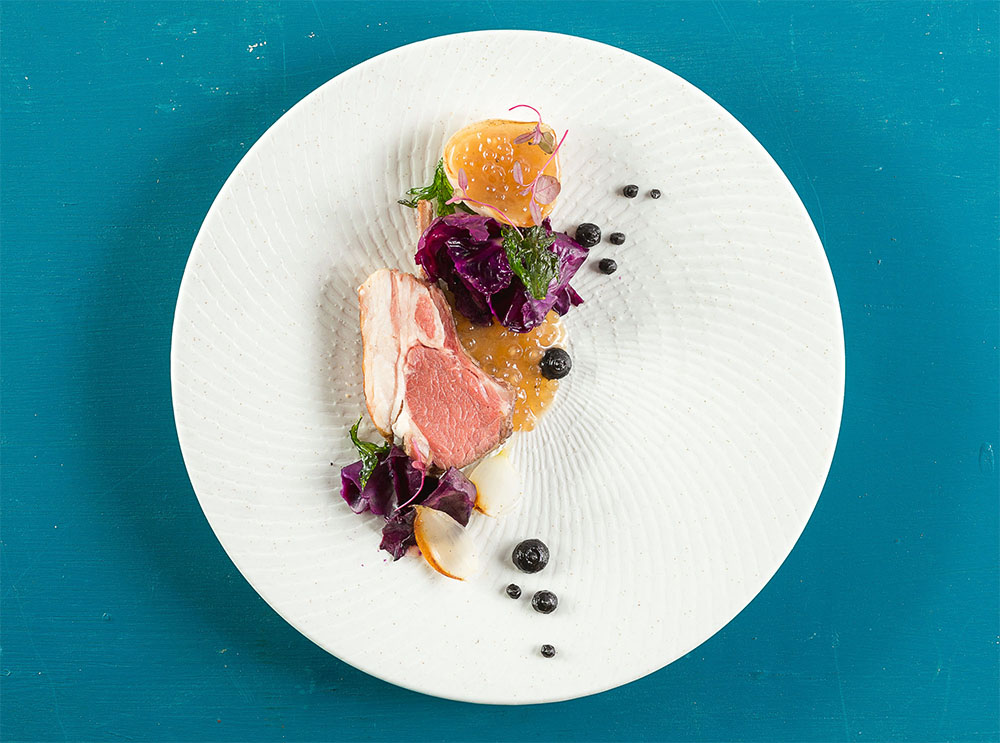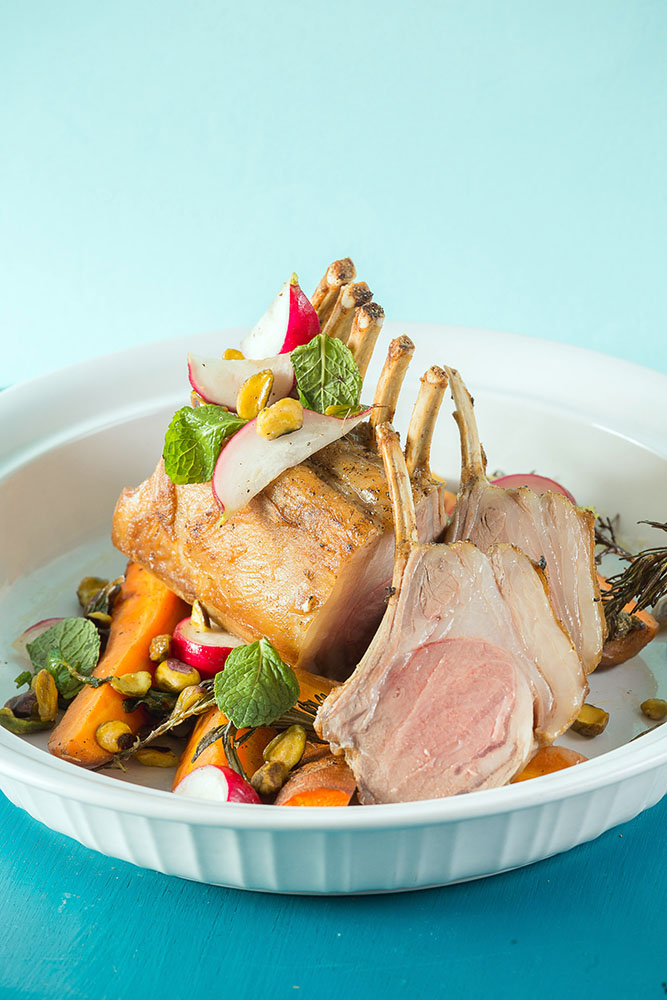As I sit in the afternoon traffic northbound of EDSA, gazing at the taillights of buses, cars, and the multiple motorbikes whizzing past my window, my mind begins to drift. For the record, this should be avoided as much as possible, but when traveling at four kilometers per hour, it becomes impossible to deter.
I begin to remember driving along the Black Mountain Range in Wales, west of the UK, with a packed picnic and my daughter in tow. Suddenly, I heard a scream from the back seat: “Stop the car!” I asked what the importance of stopping was and without gasping for air, her face gleaming with excitement, she shrieked, “Sheep!”
So there we were, standing atop a mountain range, hazard lights on and sandwiches in hand, gazing at this majestic domesticated beast. Perhaps the word “beast” is a little exaggerated, but when standing only a few feet away, its size daunts you. Covered in wool from neck to tail, with a head extruding through its thick coat, the sheep had a slight curiosity in its eyes as it returned our stare. I wondered if it was curious about us or the cheese and pickle sandwiches we were eating.
Sheep (ovis Aries) were among the first animals to become domesticated for their fleece, meat, and milk; warm clothes, nutritious food and amazing cheese are the fundamentals of a popular domestication. Sheep used for meat are classified into three groups: lamb, hogget, and mutton. All three vary in flavor, from the youngest (lamb) having the least predominant flavor to mutton having the most.
Finding flavors to pair with lamb is an easy task; you just have to be smart about it. I use a theory of “comfort zones” when pairing flavors: I establish a common ingredient that is known to go well with lamb and expand on that up until I reach a point where I am out of my element.
All parts of the animal are consumed: the head of the sheep is prized in many cultures for its flavorful tongue, decadent cheeks, and the chewiness of its eyes; I, for one, am more biased to the use of legs, shoulder, flaps, and loins. Legs and shoulder make great roasts but can also be sliced to make lamb steaks. The flaps, although quite fatty, are great when pan-seared and rendered, served with a dollop of rosemary butter. The loins can be sliced at the rib bone and served as cutlets or roasted as a rack.
Lamb is a tremendously versatile protein to work with, having roots in many ethnic cuisines around the world. In the Middle East, it pairs well with strong aromatic spices such as cumin, cardamom, and cinnamon, whereas in Europe, it’s commonly paired with more subtle aromatics like rosemary, mint, and thyme.
Finding flavors to pair with lamb is an easy task; you just have to be smart about it. I use a theory of “comfort zones” when pairing flavors: I establish a common ingredient that is known to go well with lamb and expand on that up until I reach a point where I am out of my element.
There is not too much that hinders creativity with lamb, and that is one of the reasons why it is not a cheap cut—and the price seems only to rise. But the versatility and flavor are among the many reasons for the ongoing high demand for it.
As for my EDSA quest to my destination, I arrive there three days later (a slight exaggeration), but given the opportunity to flashback to nostalgic moments, it’s worth it.
Roasted rack of lamb with coffee-braised carrots and summer salad
Serves 4
Prep time 20 minutes
Ingredients
For the lamb
1 800-900 gram rack of lamb, at room temperature
salt and pepper, to season
1 tsp dried rosemary
2 tbsp unsalted butter
6 tbsp extra virgin olive oil
For the carrots
4 medium carrots
1 cup whole coffee beans
1 cup of water
salt and pepper, to season
For the summer salad
6 red radishes
1 bunch fresh mint, chopped
1 bunch fresh parsley, chopped
1/4 cup pistachios, chopped
3 tbsp extra virgin olive oil
salt and pepper, to season
lemon juice, optional
Procedure
- Pre-heat the oven to 160C.
- Season lamb with salt, pepper and rosemary. Place pan on medium heat and add olive oil and butter. When butter starts to boil, gently add the lamb rack and sear on all sides. Transfer to an oven tray to rest.
- Cook in the oven for 45 minutes. When done, remove and place lamb on a wire rack. Let rest for 10 minutes.
- Cook the carrots. Peel and slice lengthwise into four. Place on top of a large aluminum foil and cover with coffee beans. Pull each end of the foil to create a parcel. Before sealing, pour water and season. Seal the foil and place into the oven for 30 minutes or until the carrots are tender.
- Prep the salad. Slice radishes into wedges and place in a large bowl. Add pistachios, mint and parsley. Drizzle with olive oil, season and reserve until needed.
- To plate, place braised carrots on the plate. Lay the rack of lamb on top. Top with salad and serve.
Originally published in F&B Report May-June 2015






